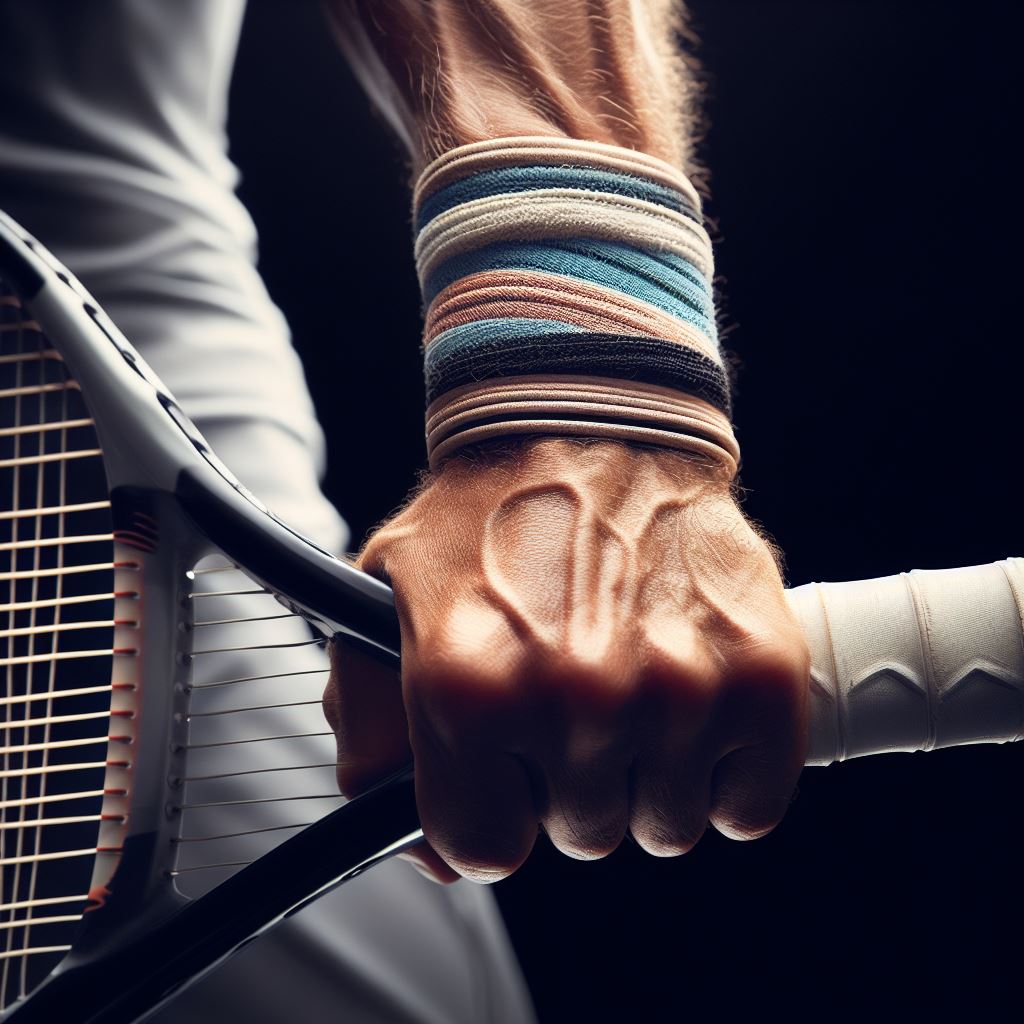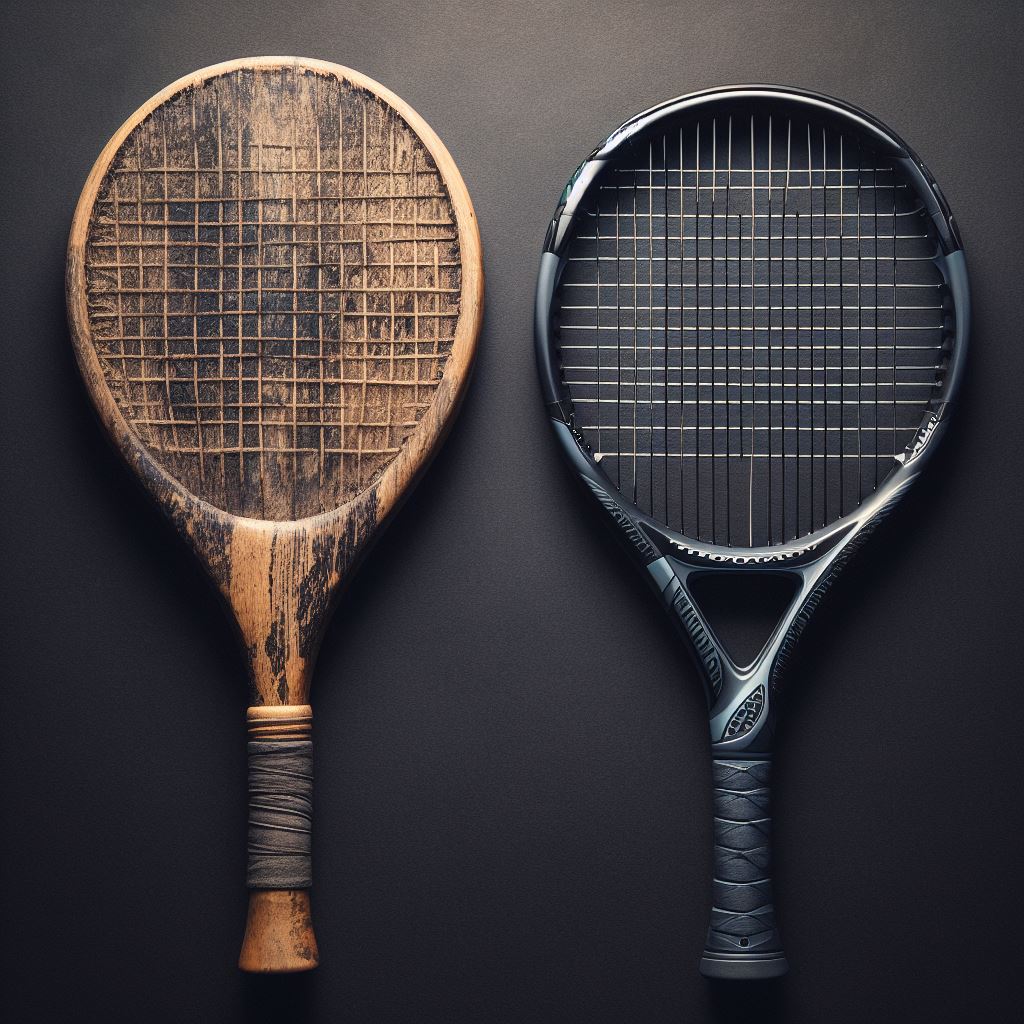Are you new to the world of tennis and looking to unlock your potential on the court? Look no further!
In this article, we will delve into the essential techniques that every rookie needs to know. From perfecting your grip and stance to mastering forehand and backhand techniques, we have got you covered.
Additionally, we will explore serving techniques, footwork, and movement to ensure you have a solid foundation for success.
So, let’s dive in and unlock the secrets of tennis!
Key Takeaways
- Proper grip and stance are essential for control and power in tennis.
- The forehand technique requires a smooth, controlled swing with proper body alignment and grip.
- The backhand technique can be performed with a one-handed or two-handed grip, depending on the player’s capabilities and style.
- Serving techniques, such as the volley and slice serve, require coordination, strategic ball placement, and consistent practice.
Grip and Stance
When learning tennis, mastering the proper grip and stance is crucial for beginners. The correct grip allows players to have control over the racquet and generate power in their shots. To achieve the correct grip, beginners should start by placing the base knuckle of their index finger on the third bevel of the racquet handle. The other fingers should then wrap around the handle, creating a firm yet relaxed grip. It is important to avoid gripping the racquet too tightly, as this can hinder fluidity in the swing.
In addition to the grip, having a proper stance is essential for beginners to maintain balance and execute shots effectively. The feet should be shoulder-width apart, with the weight evenly distributed on both feet. The knees should be slightly bent, allowing for quick movements and stability. The body should be facing the net, with the non-dominant shoulder pointing towards the target. This stance provides a solid foundation for players to generate power and move efficiently on the court.
Mastering the correct grip and stance sets the stage for learning and developing other tennis techniques, such as the forehand technique. Transitioning from the grip and stance, let’s now delve into the essential elements of the forehand technique.
Forehand Technique
Having established the proper grip and stance, the next crucial aspect to master in tennis is the forehand technique. This stroke is executed by swinging the racket forward in a smooth, controlled motion, with the dominant hand leading the way.
To ensure an effective and powerful forehand, follow these key steps:
- Proper Body Alignment:
- Stand with your feet shoulder-width apart, facing the net.
- Position your non-dominant shoulder towards the net.
- Rotate your hips and shoulders as you prepare to hit the ball.
- Grip:
- Maintain a firm but relaxed grip on the racket.
- Use an Eastern grip, with the base knuckle of your index finger resting on the third bevel of the racket handle.
- Power Generation:
- Utilize a combination of wrist snap, arm rotation, and weight transfer to generate power.
- Initiate the swing with a slight backward movement, loading your body weight onto your back foot.
- As you swing forward, transfer your weight onto your front foot, rotating your hips and shoulders for maximum power.
- Follow Through Technique:
- After striking the ball, continue the follow-through motion across your body.
- Allow your racket to finish high, above your shoulder, with your chest facing the net.
Mastering the forehand technique is essential for any tennis player looking to excel on the court. Once you have a solid understanding of this stroke, you can move on to the next fundamental aspect of tennis – the backhand technique.
Backhand Technique
Continuing from the previous subtopic on forehand technique, an essential aspect for rookies to master in tennis is the backhand technique. The backhand shot is performed with the non-dominant hand, and it can be executed using either a one-handed or two-handed grip. It is crucial for beginners to understand the differences between these two techniques to determine which suits their playing style best.
To provide a comprehensive overview, let’s compare the one-handed and two-handed backhand techniques in the table below:
| Technique | Backhand Power | Advantages | Disadvantages |
|---|---|---|---|
| One-handed | Moderate | Greater reach and versatility | Requires more strength and precision |
| Two-handed | Increased | Enhanced stability and control | Limited reach and maneuverability |
The backhand power refers to the force generated when executing the shot. While the two-handed technique offers increased power due to the additional hand on the racket, the one-handed technique provides greater reach and versatility on the court. However, the one-handed backhand requires more strength and precision to execute effectively.
On the other hand, the two-handed backhand offers enhanced stability and control but sacrifices some reach and maneuverability. Beginners should consider their physical capabilities and playing style before deciding which technique to adopt.
Serving Techniques
Moving on to the next essential tennis technique for rookies, we will now delve into the topic of serving techniques. Mastering the art of serving is crucial for any tennis player, as it sets the tone for the entire game. To help you improve your serve, here are four key techniques to consider:
- Volley technique: A volley is a shot that is hit before the ball bounces on the ground. It requires quick reflexes and precise hand-eye coordination. To execute a proper volley, keep your racket head up, maintain a firm grip, and use a short backswing. Focus on positioning yourself well at the net and be prepared to react swiftly to your opponent’s shots.
- Slice serve technique: The slice serve is a strategic shot that adds variety and unpredictability to your serve. To execute a slice serve, grip the racket with a continental grip, swing your racket from low to high, and brush the ball to create sidespin. This technique allows the ball to curve away from your opponent, making it harder to return.
- Placement: A crucial aspect of serving is the ability to place the ball strategically. Aim for the corners of the service box to force your opponent into a difficult return. Additionally, varying the placement of your serves can keep your opponent guessing and off balance.
- Consistency: Developing a consistent serve is key to winning matches. Practice regularly to improve your technique and develop muscle memory. Focus on maintaining a fluid motion, keeping your toss consistent, and hitting the ball cleanly.
Footwork and Movement
The importance of proper footwork and movement cannot be overstated when it comes to mastering tennis techniques. Lateral movement, in particular, plays a crucial role in a player’s ability to cover the court effectively and efficiently. To develop this skill, players must engage in agility training.
Agility training focuses on improving a player’s ability to change direction quickly and smoothly. This training helps develop the necessary footwork skills needed to navigate the tennis court effectively. A variety of drills can be incorporated into training sessions to enhance lateral movement. These drills may include ladder exercises, cone drills, and shuttle runs. The goal is to improve a player’s ability to move laterally and react quickly to shots.
In addition to agility training, players should also work on their overall footwork technique. This includes maintaining a balanced stance, keeping the feet shoulder-width apart, and staying on the balls of the feet to facilitate quick movements. Proper foot positioning and weight transfer are essential for generating power and maintaining control during shots.
Frequently Asked Questions
How Do I Improve My Mental Game and Stay Focused During Matches?
To improve your mental game and stay focused during tennis matches, it is crucial to develop mental toughness and master your mindset. Overcoming self-doubt and utilizing techniques to enhance performance will lead to better results on the court.
What Are Some Common Mistakes Beginners Make When Playing Tennis and How Can I Avoid Them?
Beginners often make common mistakes in tennis, such as lacking proper footwork, using improper grip, and failing to keep their eye on the ball. To avoid these errors, focus on footwork drills, practice correct grip techniques, and work on tracking the ball with your eyes.
How Can I Develop More Power and Control in My Shots?
To develop more power and control in your shots, focus on developing shot accuracy and increasing shot consistency. By practicing proper technique, maintaining a stable stance, and utilizing core strength, you can improve the effectiveness of your shots.
Are There Any Specific Drills or Exercises I Can Do to Improve My Overall Tennis Skills?
To improve overall tennis skills, incorporating specific drills and exercises is essential. Effective techniques for beginners include practicing footwork, stroke mechanics, and agility exercises. Consistent practice and a focused approach can lead to significant improvement in tennis abilities.
What Are Some Strategies and Tactics I Can Use to Outsmart My Opponents on the Court?
Strategies and tactics are essential in outsmarting opponents on the tennis court. Developing a strong mental game, maintaining focus, and capitalizing on opponents’ mistakes are key. Beginners can improve power and control through specific shots, drills, and exercises to enhance overall tennis skills.
Conclusion
In conclusion, mastering the fundamental techniques of tennis is crucial for rookies to excel in the sport.
By understanding proper grip and stance, honing forehand and backhand techniques, perfecting serving techniques, and improving footwork and movement, beginners can enhance their performance on the court.
One interesting statistic to note is that professional tennis players spend an average of 4-6 hours each day practicing their techniques, highlighting the importance of consistent hard work and dedication in achieving success in tennis.








No Comment! Be the first one.